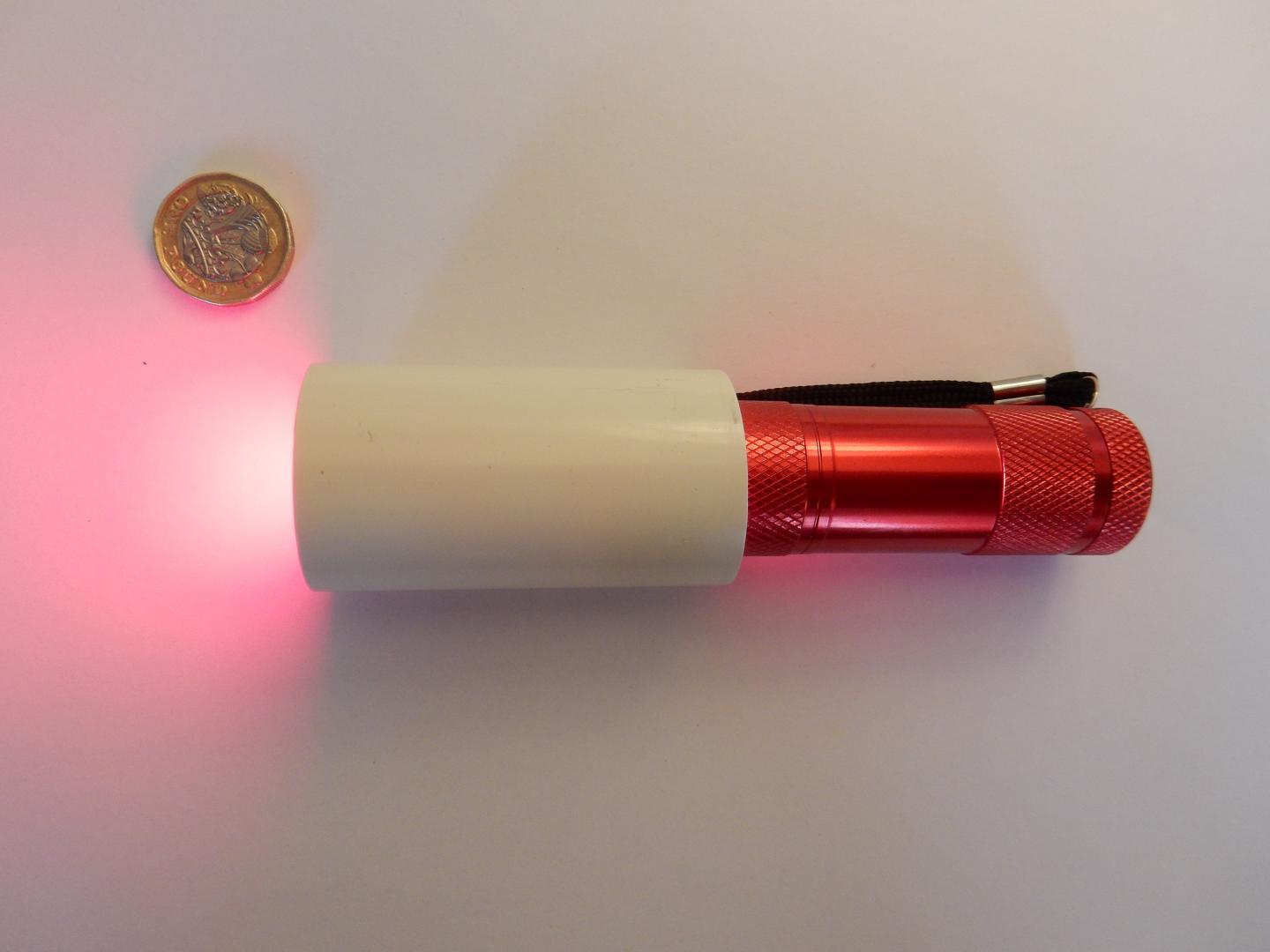July.1, 2020 - 15:02 — YiningChen
A research led by researchers of UCL (University College London) revealed that staring at a deep red light for three minutes a day can significantly improve declining eyesight. Based on the result of the study, scientists believe that new affordable home-based eye therapies could be develop, helping the millions of people globally with naturally declining vision.
The study was published on The Journals of Gerontology, titled “Optically improved mitochondrial function redeems aged human visual decline.”Lead author, Professor Glen Jeffery (UCL Institute of Ophthalmology) indicated that people’s visual system declines significantly once over 40 as cells in the eye's retina begin to age. Cell’s mitochondira density, which boosts cell function and require high energy, declines, leading to photoreceptor function drop.
Researchers built on their previous findings in mice, bumblebees and fruit flies, which all found significant improvements in the function of the retina's photoreceptors when their eyes were exposed to deep red light at a wavelength of 670 nm. .
"Mitochondria have specific light absorbance characteristics influencing their performance: longer wavelengths spanning 650 to 1000nm are absorbed and improve mitochondrial performance to increase energy production," said Professor Jeffery.
The study recruited 24 people (12 male, 12 female) between 28 and 72, who had no ocular disease, to participate. All participants' eyes were tested for the sensitivity of their rods and cones at the start of the study. Rod sensitivity enable people to see in dark while cones sensitivity helps to distinguish colors in low contrast.
All participants were then given a small LED torch to take home and were asked to look into its deep red 670nm light beam for three minutes a day for two weeks. They were then re-tested for their rod and cone sensitivity

(Image: UCL)
The result shows that the 670nm light had no impact in younger individuals, but in those around 40 years and over, significant improvements were obtained. For color detection, the sensitivity improved by up to 20% in some people aged around 40 and over. Improvements were more significant in the blue part of the color spectrum that is more vulnerable in ageing. Rod sensitivity (the ability to see in low light) also improved significantly in those aged around 40 and over, though less than color contrast.
Based on the result of the study, professor Jeffery noted that, "It is possible to significantly improve vision that has declined in aged individuals using simple brief exposures to light wavelengths that recharge the energy system that has declined in the retina cells, rather like re-charging a battery.”
Contact: Mr. Victor.Y
Phone: +86 189 1799 2510
Tel: +86 21 6787 1275
Email: info@shlskj.com
Add: No.2 Zhenye Road, Songjiang District, Shanghai, China